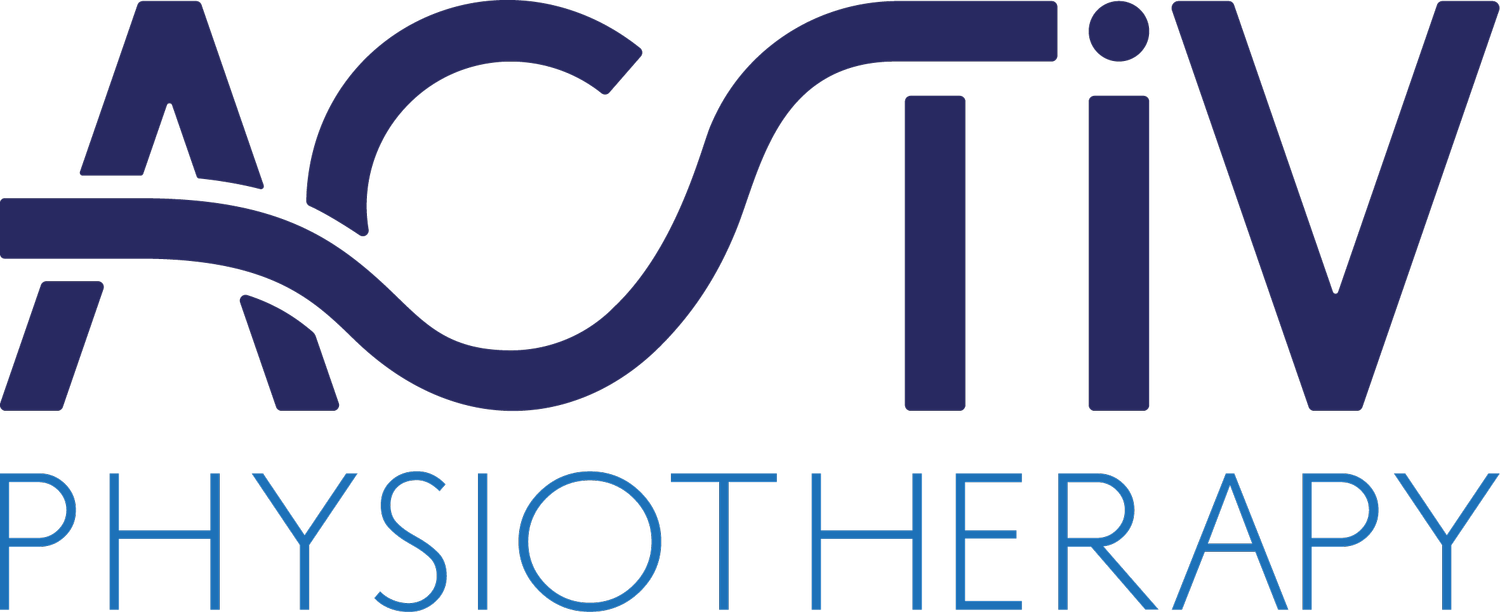How Can IASTM Help You?
Instrument Assisted Soft Tissue Mobilisation (IASTM) is a popular treatment for myofascial restriction based upon the rationale introduced by British doctor, James Cyriax, who was known as 'the father of orthopedic medicine'. IASTM refers to a technique that uses an instrument to remove scar tissue that has formed in soft tissues and assists in the healing process by activating fibroblasts (types of cells that contribute to the formation of connective tissue) which secrete collagen proteins that help maintain the structural framework of the tissues.
Instrument Assisted Soft Tissue Mobilisation (IASTM)
Instruments are usually made of stainless steel or titanium with bevelled edges and contours that conform to different anatomical locations which allows for deeper penetration during the detection and treatment of scar tissue disorders.
ASTM can be described as 'A skilled intervention that includes the use of specialised tools to manipulate the skin, fascia, muscles and tendons by various direct compressive stroke techniques.'
It is simple and practical and requires only a short period of time for a single treatment. IASTM is applied using specially designed instruments to provide a mobilising effect to soft tissue (e.g., scar tissue, myofascial adhesion) to decrease pain and improve range of motion (ROM) and function. The use of the instrument is thought to provide a mechanical advantage for the clinician by allowing deeper penetration and more specific treatment. IASTM stimulates connective tissue remodelling through resorption of excessive fibrosis, along with inducing repair and regeneration of collagen secondary to fibroblast recruitment. In turn, this will result in the release and breakdown of scar tissue, adhesions and fascial restrictions.
Instruments are usually made of stainless steel or titanium with bevelled edges and contours that can conform to different anatomical locations which allows for deeper penetration during the detection and treatment of soft tissue disorders.
Facial restrictions and scar tissues are broken down as the ergonomic design of the IASTM tool helps the practitioner by identifying restrictions and the affected area can be treated with the appropriate amount of pressure.
How does IASTM work?
Facial restrictions and scar tissues are broken down as the ergonomic design of the IASTM tool helps the practitioner by identifying restrictions and the affected area can be treated with the appropriate amount of pressure.
Tissue adhesions (which could have been caused by surgery, immobilisation, repeated strain or other mechanisms) are broken down via increasing the blood flow, resulting in restoration of a patient's full functional movement and decreased pain.
One study (Koumantakis et al., 2020) states that after a single intervention of IASTM, hamstring flexibility was positively affected. Other conditions for which IASTM is used are :
Carpal Tunnel Syndrome.
IT Band Syndrome.
Acute Ankle Sprains.
Heel Pain/Achilles Tendinitis
Lower and Upper Back Pain
Scars
Cervicogenic Headaches,
Range of Motion (ROM) Restriction.
If you are interested in booking a physiotherapy session with Sujay, call our friendly reception team at your chosen clinic to book in!


